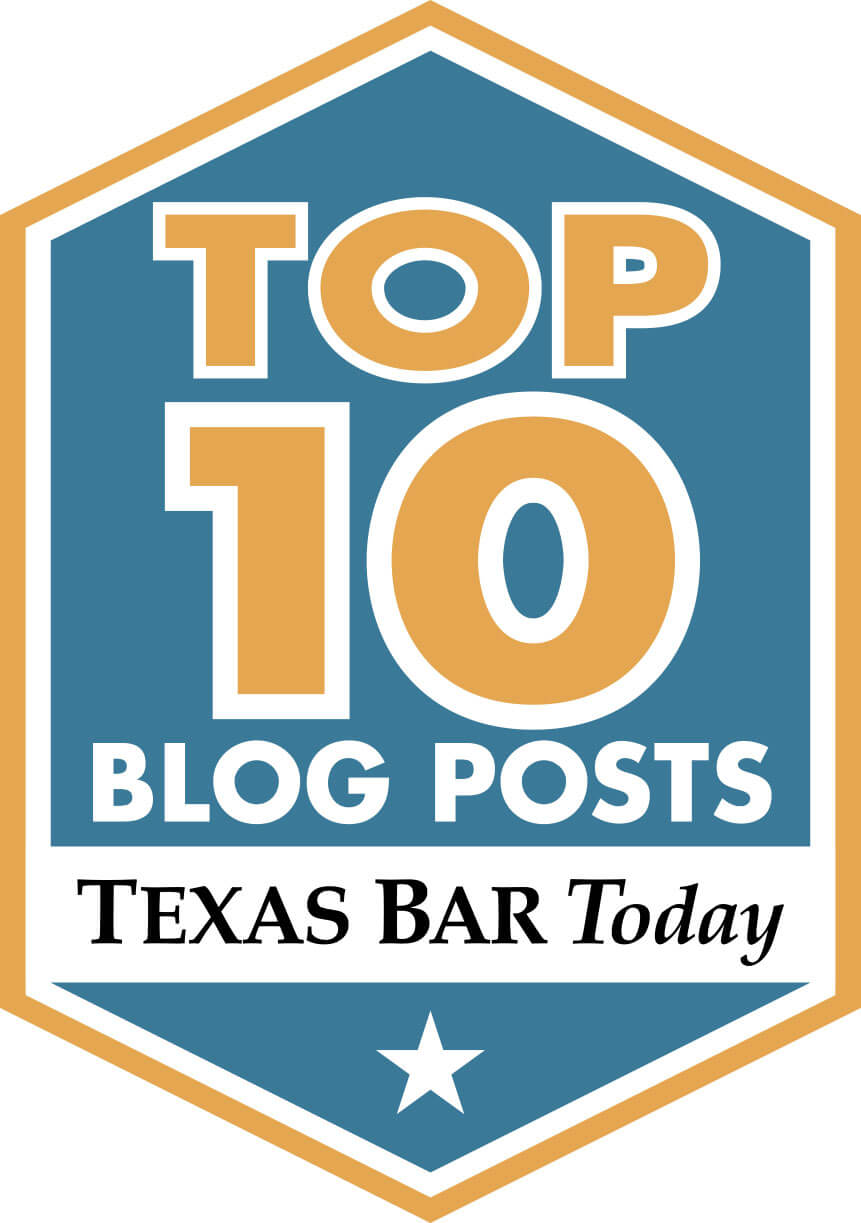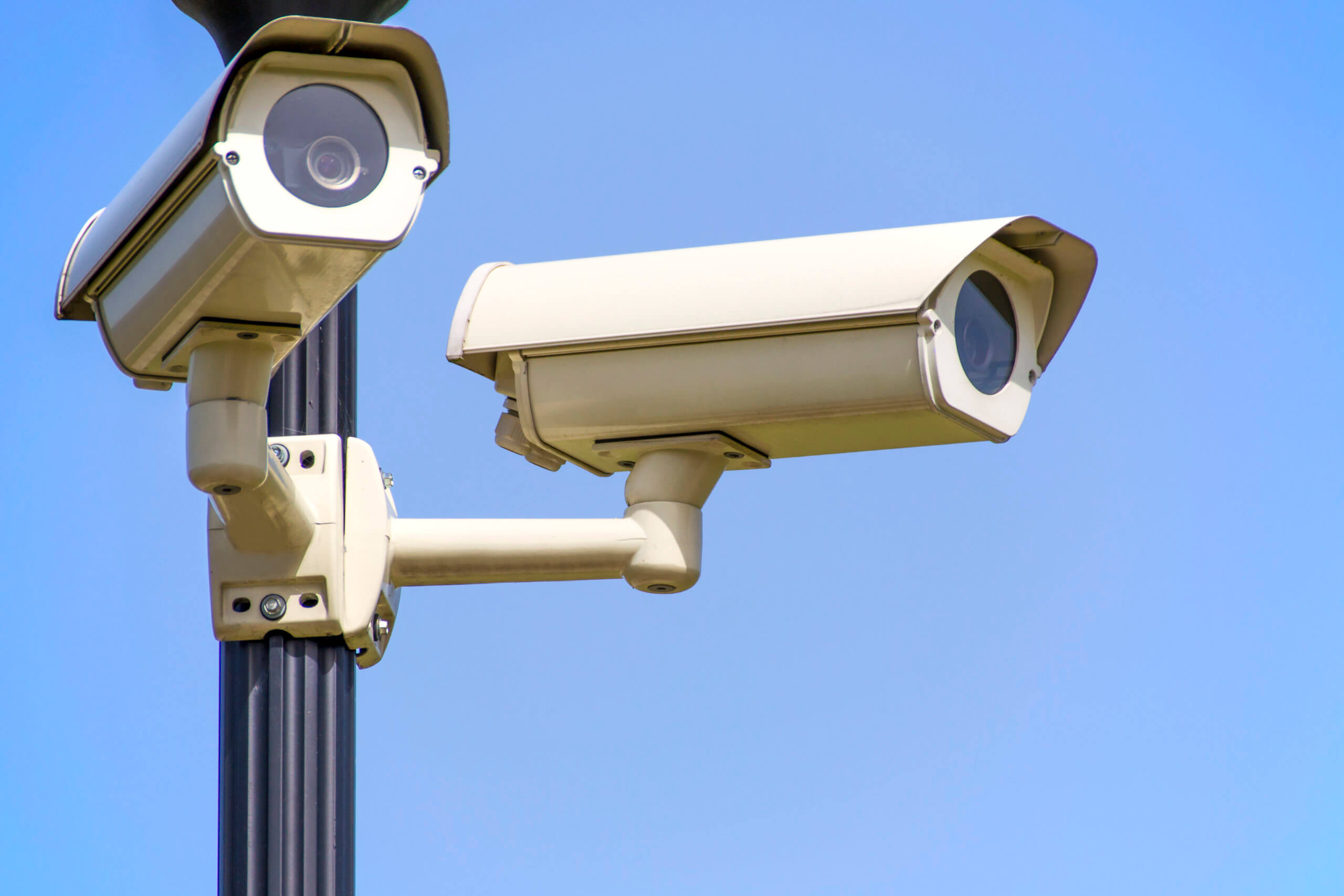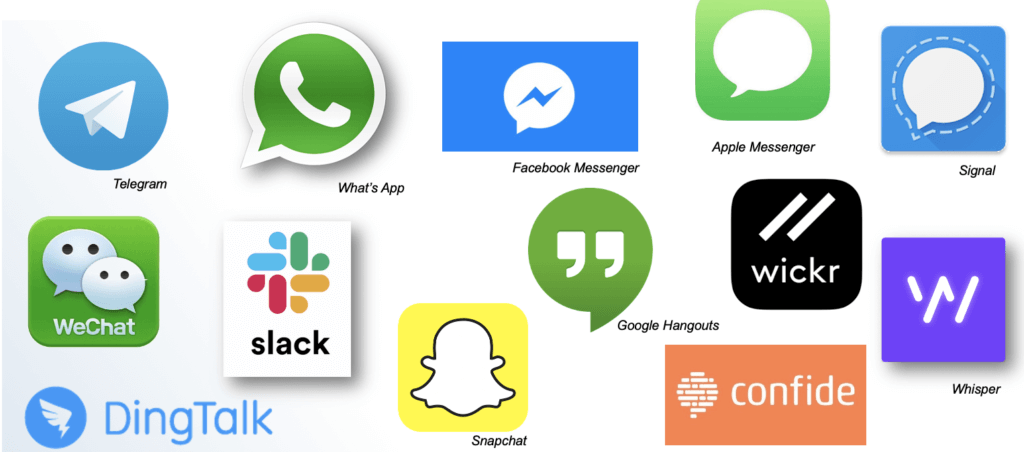
This reminds me of an ethical question that comes up in almost every lawsuit: can a lawyer view an opposing party’s publicly available social media profile and posts? The consensus answer is yes, if the lawyer merely views publicly available information without communicating with the opposing party.[1]
Without communicating with the opposing party. There’s the rub. How do you know when viewing the target’s social media will alert the target that you are doing the viewing?
You knew there was going to be a hypothetical
Let’s take my favorite fictional non-compete case, Paula Payne Windows v. Dawn Davis. Dawn Davis leaves her window sales job at Paula Payne and goes to work for a competitor, Real Cheap Windows. Paula Payne hires lawyer John Laurens from the litigation boutique Hamilton & Associates, and Laurens promptly files suit against Dawn Davis and Real Cheap.
Naturally, one of the first things Laurens wants to do in the lawsuit is some opposition research. He wants to know who Dawn Davis and Real Cheap are and what they’ve been doing lately.
The problem is that generally a lawyer is not allowed to communicate with an opposing party who is represented by counsel. (Let’s assume that Laurens knows that Dawn Davis and Real Cheap have hired a lawyer to handle their dispute with Paula Payne.)
There’s a minor complication for corporate parties. Questions arise about whether the rule against communicating with a represented party applies to employees of a company. It’s safe to say the prohibition applies to high-ranking executives. Whether the rule applies to lower-level employees is more debatable.
But let’s put that issue aside. My hypothetical assumes that Laurens is not allowed to communicate directly with Dawn Davis or Real Cheap.
It should be pretty obvious that Laurens can’t send a friend request to Dawn or Real Cheap, and certainly not on false pretenses. It should also be obvious that Laurens can’t get around this rule by having an assistant or third party do the dirty work for him.[2]
But it also seems obvious that lawyers are allowed to look at public information available on the Internet.
What can lawyers do?
So which of the following is Laurens allowed to do?
(A) Google “Dawn Davis” and “Real Cheap Windows” and see what pops up
(B) View every page of Real Cheap’s website
(C) Look at Dawn’s public profile on LinkedIn
(D) View Dawn’s Facebook posts that are publicly available

Surely there is nothing wrong with (A), Googling the opposing party’s name to see what information is publicly available. Same with (B). Just looking at a company’s website is not communicating with the company, right?
Answer (C), looking at Dawn’s public profile on LinkedIn, also seems innocuous at first glance.
But most of you have probably noticed that LinkedIn offers a “Who’s Viewed Your Profile” feature. As of the time I’m writing this, LinkedIn says here that the Basic (free) account allows you to view information about who has viewed your profile recently, while the Premium account allows you to see the entire list of viewers from the past 90 days.
This complicates things. If Dawn Davis can see that Laurens has viewed her LinkedIn profile, then Laurens may have crossed the border into prohibited-communication land.
The same issue can arise with (D). At press time, I don’t believe Facebook makes it as easy as LinkedIn does to see who has viewed your public profile or posts. But I’m sure there are ways that savvy Facebook users can do this, perhaps with the use of third-party software. Those of you who keep up with this sort of thing, please weigh in.
In any case, the fact that I’m not really sure how Facebook functions on this point just illustrates the problem. And even if I knew exactly how it worked, it could easily change tomorrow.
Creepy or convenient?
To avoid these complexities, I propose this general ethical rule: a lawyer can observe publicly available social media content of an opposing party, as long as the lawyer does not communicate with or harass the party through the social media platform, even if the party becomes aware of what the lawyer did.
I would analogize to a lawyer driving by an opposing party’s house.
Yes, there was a time before social media when litigators would drive by an opposing party’s home to get a little intelligence. What kind of neighborhood does he live in? Is the house expensive? How many cars parked in the driveway? What kind of cars? Bumper stickers? Any boats? Even in a digital age, these little analog facts might tell you something useful.
I don’t think anyone would argue that simply driving by an opposing party’s house is a prohibited communication–even if the party happens to look out the window and see the lawyer. Taking a quick look at someone’s recent social media posts—assuming they are publicly available—seems similar in principle.
Of course, there are also ethical limits on harassing people, and harassment is a little harder to define. Simply driving by someone’s house is one thing. What about slowly driving back and forth in front of their house ten times and staring at their kids playing in the front yard? At some point, observation can cross the line into harassment.

I think the same holds true for social media. At some point, a lawyer’s surveillance of publicly available social media content could become obtrusive to the point of being creepy. And it’s a more sensitive issue if we’re talking about investigating members of a jury pool, a distinct issue I will address in a later post.
But in general, I don’t think the mere fact that a party to litigation becomes aware that he is being observed by an opposing lawyer means that the observing is a prohibited communication with a party represented by counsel.
Where do we draw the line?
This view is not universal. I have seen the position that a lawyer cannot view an opposing party’s social media content if the observed person can see that the lawyer has done so. But if you’re going to take that position, where does it stop, where do we draw the line?
Remember Answer (B) about viewing a company’s website? We all agreed that was ok, right? Well I’m willing to bet that many companies have some sophisticated ways of determining who has viewed their website. Does that mean we’re going to say websites are off limits?
It seems too burdensome to place the burden on the lawyer to determine what kind of digital footprint she’s going to leave each time she views something that is publicly available on the Internet.
Technology changes. Social media sites constantly update their features and terms of use. People alter the settings on their social media accounts. This makes it impracticable to lay down fixed rules for lawyers like “you can view a public Facebook profile, but not a public LinkedIn profile.”
So if it were up to me, I would not prohibit John Laurens from viewing Dawn Davis’s public social media account just because Dawn might become aware she’s being watched. Let’s leave the “observer effect” to quantum physics. Whatever that is.
*Update: In its December 1, 2017 memo, the Social Media Subcommittee of the Texas Supreme Court Advisory Committee noted, but did not analyze this issue: “May attorneys ethically investigate the ESM of other parties or witnesses?”
___________________________________________________________________

These are his opinions, not the opinions of his firm or clients, so don’t cite part of this post against him in an actual case. Every case is different, so don’t rely on this post as legal advice for your case.
[1] See Oregon State Bar, Formal Opinion No. 2013-189 (2013) (lawyer may access publicly available information on a social networking website); San Diego County Bar, Legal Ethics Committee, Opinion 2011-2 (2011) (“Nothing blocks an attorney from accessing a represented party’s public Facebook page,” but the attorney may not make an ex parte friend request of a represented party); New York State Bar Association, Committee on Professional Ethics, Opinion 843 (2010) (lawyer may view the public Facebook or MySpace (!) pages of opposing party in litigation so long as the lawyer does not “friend” the other party or direct a third person to do so).
[2] I would have thought these were no-brainers, but there have been ethics opinions seriously grappling with these issues. See the San Diego and Oregon bar opinions cited above.



